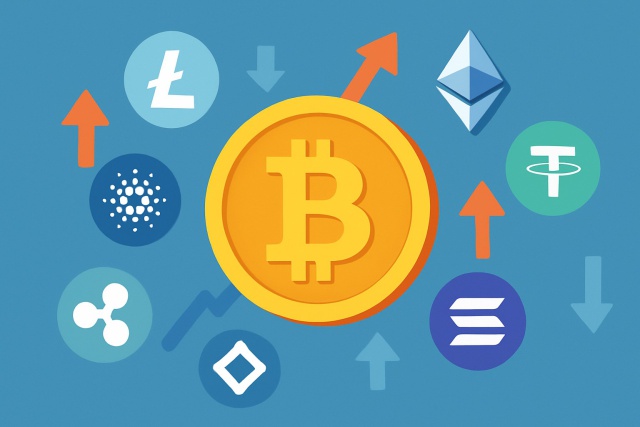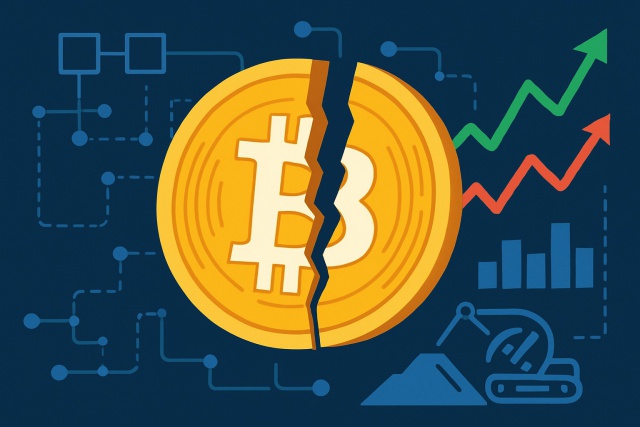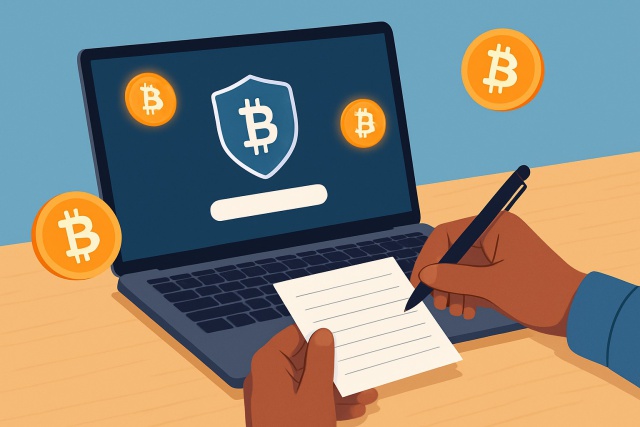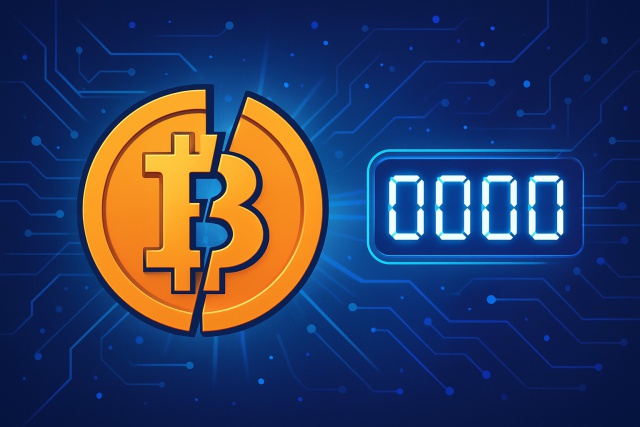Lightning Network Pros and Cons Explained

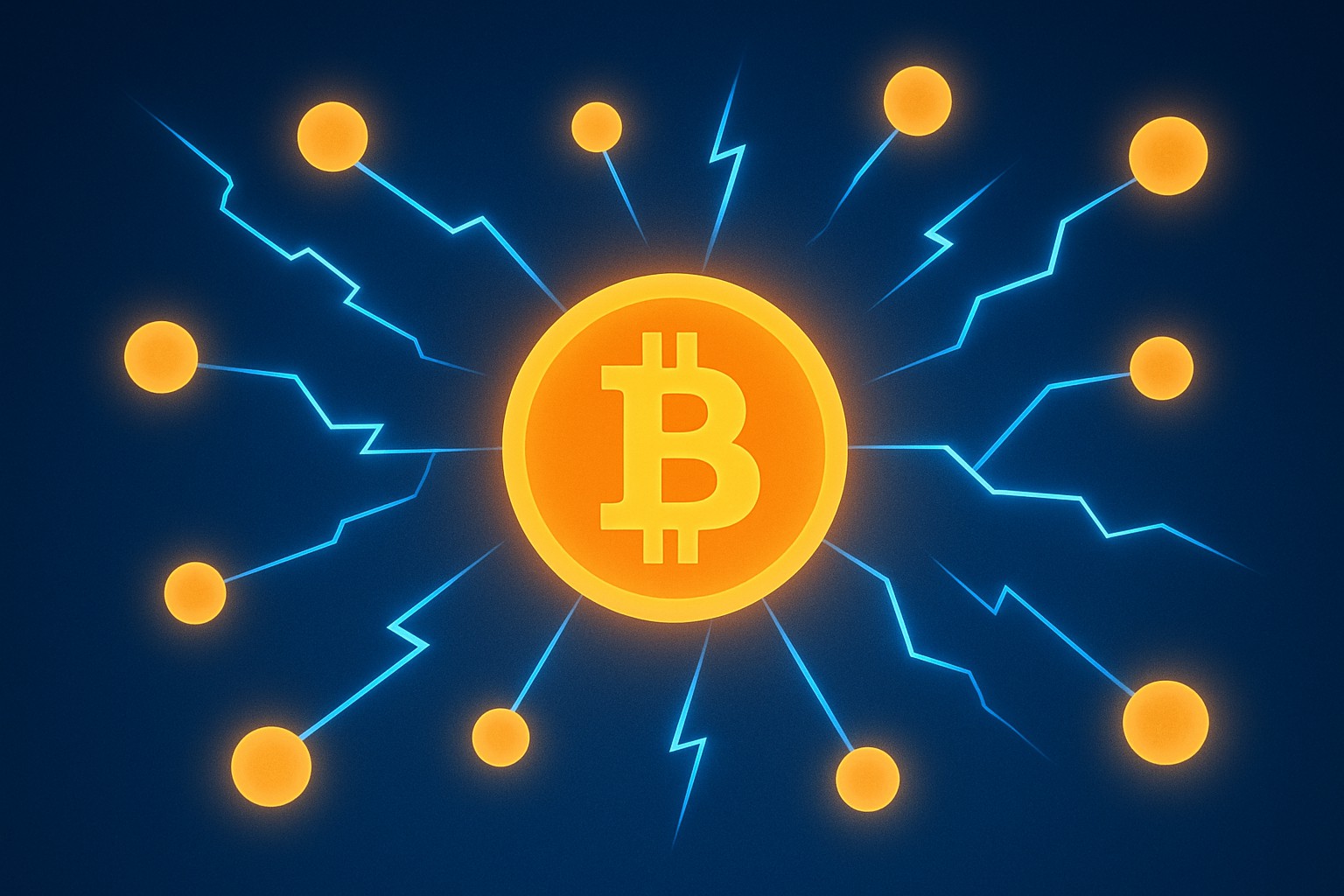
The Lightning Network offers a neat solution to Bitcoin's well-known headaches about transaction speed and fees. It does this by adding a second layer on top of the Bitcoin blockchain and lets payments zip through almost instantly while trimming costs down. This clever setup makes Bitcoin more practical for everyday spending which is no small feat. We’ll break down what the Lightning Network is, how it works, and weigh its biggest perks and challenges.
So, what exactly does the Lightning Network do
The Lightning Network is a clever second-layer protocol built on the Bitcoin blockchain designed to speed up transactions and slash costs dramatically. Imagine it like running a tab at your local coffee shop—you don’t get hassled for every coffee right then and there. Instead, you settle up the total when you’re done. Similarly, the Lightning Network lets you zip through many small Bitcoin transactions off-chain and only commits the final tally to the main blockchain.
- Payment channels let two parties carry out multiple transactions without the hassle of logging each one on the blockchain.
- Off-chain transactions take place outside the main Bitcoin ledger, kind of like whispering secrets that only get shouted out when absolutely necessary.
- Multi-hop payments work like a relay race, passing Bitcoin through a chain of connected nodes even if there’s no direct channel linking sender and receiver.
- Final settlements are recorded on Bitcoin's blockchain, making sure everything stays secure and above board.
How the Lightning Network Actually Works (And Why It’s Pretty Cool)
The Lightning Network operates by setting up a private payment channel between two parties that lets them send Bitcoin quickly without waiting for blockchain confirmations. These transactions happen off-chain and reduce traffic on Bitcoin's main network. When both parties are done, they close the channel and settle the final balance on the blockchain, tying up loose ends.
Two users kick things off by locking a specific amount of Bitcoin into a multi-signature address on the blockchain—kind of like putting money in a joint safe that both need a key for.
Then they go about their business with multiple off-chain transactions and swap signed updates to keep track of who owns what slice of the pie.
When they’re all set and done the channel wraps up by broadcasting just the final balances to the Bitcoin blockchain and seals the deal with a neat settlement.
Payments usually hop through a network of connected nodes making it possible to send funds between parties without the hassle of setting up a direct channel every time.

The Perks of the Lightning Network
The Lightning Network offers enticing perks that could shake up how we use Bitcoin. Instead of waiting several minutes or more on the main chain, it delivers payment confirmations in a flash. Plus, transaction fees are usually so low you might forget they exist, making it perfect for everyday buys. This clever network allows Bitcoin to scale up and handle millions of transactions per second. It easily leaves the base layer in the dust. Its design also boosts your privacy since most transactions happen off-chain.
- Payments get confirmed almost instantly making the whole process feel as smooth as swiping your debit or credit card at the checkout.
- Transaction fees shrink dramatically often running just a tiny fraction of a cent which is pretty hard to complain about.
- Scalability gets a neat boost since many transactions happen off-chain taking a good chunk off the Bitcoin network’s shoulders.
- Privacy takes a step up because detailed transaction info doesn’t get broadcast on the public ledger keeping things a bit more under wraps.
- Micropayments like tossing a small tip or paying by the second for services finally become practical and won’t break the bank.
Using the Lightning Network is a bit like zapping money through your digital wallet in a flash, rather than waiting around for physical cash to make its slow, old-fashioned journey. It lets funds zip along quickly and discreetly, unlocking Bitcoin’s true potential for day-to-day use—no fuss, no waiting, just smooth transactions.
Challenges and Limitations of the Lightning Network Navigating the Bumps on the Road
The Lightning Network definitely brings some neat advantages, but it hasn’t shaken off a few hurdles that keep it from hitting the mainstream. Users have to pay close attention to channel liquidity to make sure there’s enough juice in the tank to cover their transactions. Since the network is still finding its footing, routing can be clunky and payments sometimes hit a snag. For newbies, the technical setup and concepts involved can feel like reading a foreign language. Funds locked up in payment channels aren’t available for other uses.
- Users need to keep their channels funded which means their Bitcoin is tied up and can’t just be spent elsewhere on a whim.
- Offline payments carry a bit of risk because if channels aren’t carefully monitored funds can slip through the cracks.
- The setup and terminology often feel like a maze especially if you’re not a tech wizard making things a bit intimidating.
- Payment routing can be a headache when the network isn’t well connected which leads to delays or failures.
- Since merchant adoption is still limited the practical everyday use for consumers remains somewhat of a niche for now.
Clearing Up Common Misunderstandings About the Lightning Network
There are many myths and misunderstandings about the Lightning Network. Some worry it might weaken Bitcoin's security but it relies on Bitcoin's blockchain to settle transactions safely. Others wrongly think Lightning replaces all on-chain transactions. Actually, it works alongside them by handling smaller payments off-chain. Many find it too complex for everyday users but wallet apps keep improving and making things straightforward.
- The Lightning Network doesn’t compromise Bitcoin’s security since it relies on Bitcoin’s blockchain to settle the final score.
- It’s tailored for quick, small and frequent transactions that happen every day.
- Lightning payments aren’t completely undercover so it’s wise to keep up with privacy best practices if you want to stay under the radar.
- Wallets are getting so user-friendly that even your grandma could handle Lightning payments with ease.
- Think of the Lightning Network as a trusty sidekick to Bitcoin working alongside rather than trying to steal the spotlight or become a new cryptocurrency.
Real-World Applications of the Lightning Network Today Where Theory Meets Practice
The Lightning Network is already making waves in real-world scenarios where speedy, low-cost Bitcoin payments shine. Individuals can quickly send small amounts to tip content creators or snag gaming items in seconds. Cross-border payments usually have lower fees and near-instant speed, making remittance a breeze compared to traditional methods. Decentralized apps often use Lightning to deliver smooth financial interactions. Some merchants have jumped on board, accepting Lightning payments for their goods or services.
- Making everyday micropayments like tipping artists, content creators or service providers online instantly with no waiting.
- Sending cross-border payments and remittances that often arrive faster and cost less than the usual slow expensive methods.
- Using decentralized applications built on Lightning to keep financial interactions smooth and trust-free just the way we like it.
- Paying merchants at your favorite cafes, online shops or digital services that have joined the Lightning bandwagon for its tiny fees.
- Transferring Bitcoin instantly between peers so users can send funds anywhere in a flash without high charges.
Looking Ahead to the Future of the Lightning Network
The Lightning Network is steadily evolving with ongoing efforts to make it easier to use and better at managing liquidity while strengthening the network. More wallets, merchants and developers are joining as time goes on—slowly but surely. Future integrations with other cryptocurrencies and protocols might broaden its appeal beyond Bitcoin alone.
Start Your Crypto Journey with Coinbase Today
Ready to enter the cryptocurrency market but unsure where to begin? Coinbase makes buying, selling, and storing digital assets simple and secure for beginners and experts alike.




